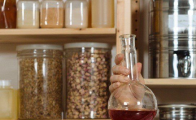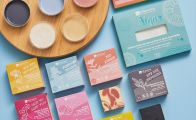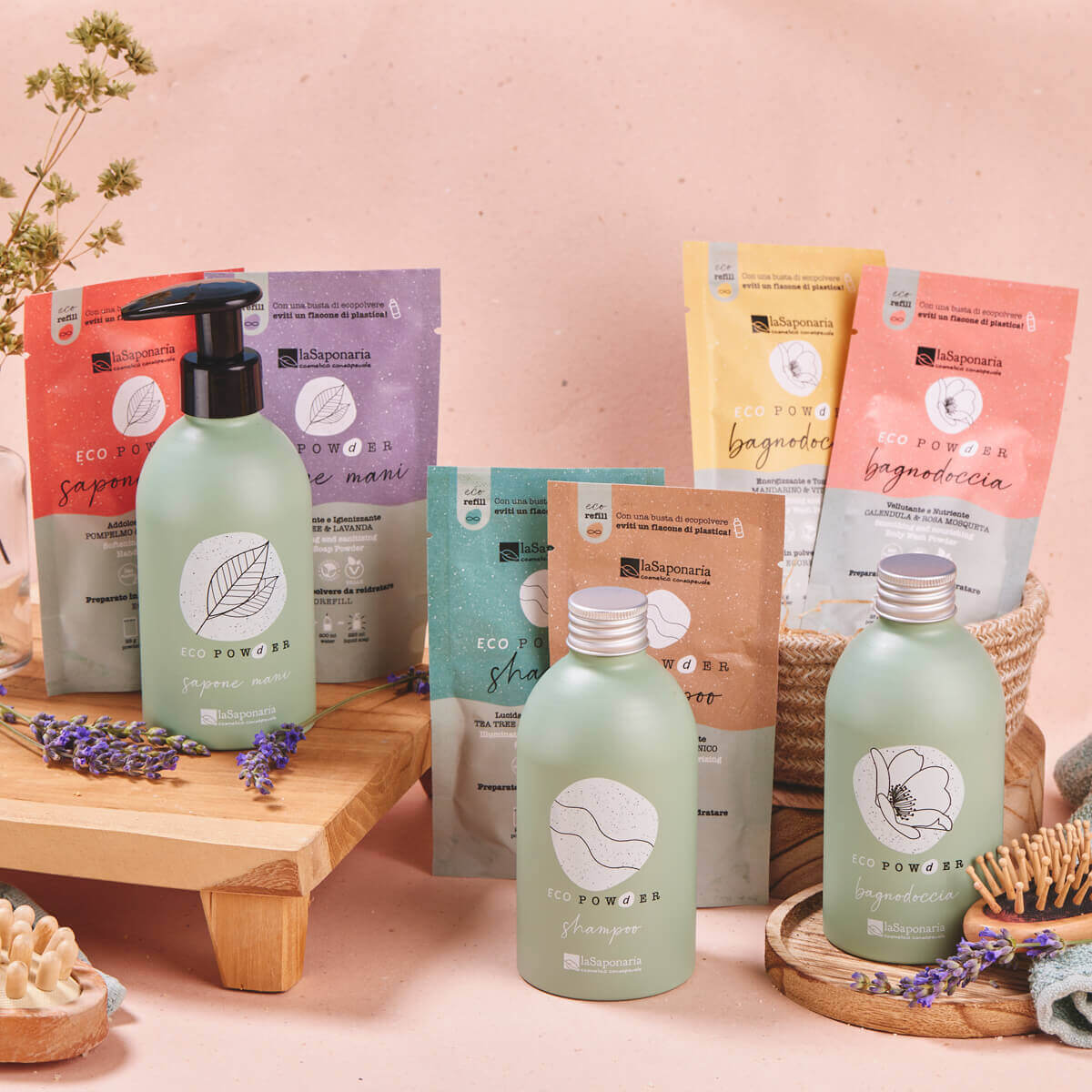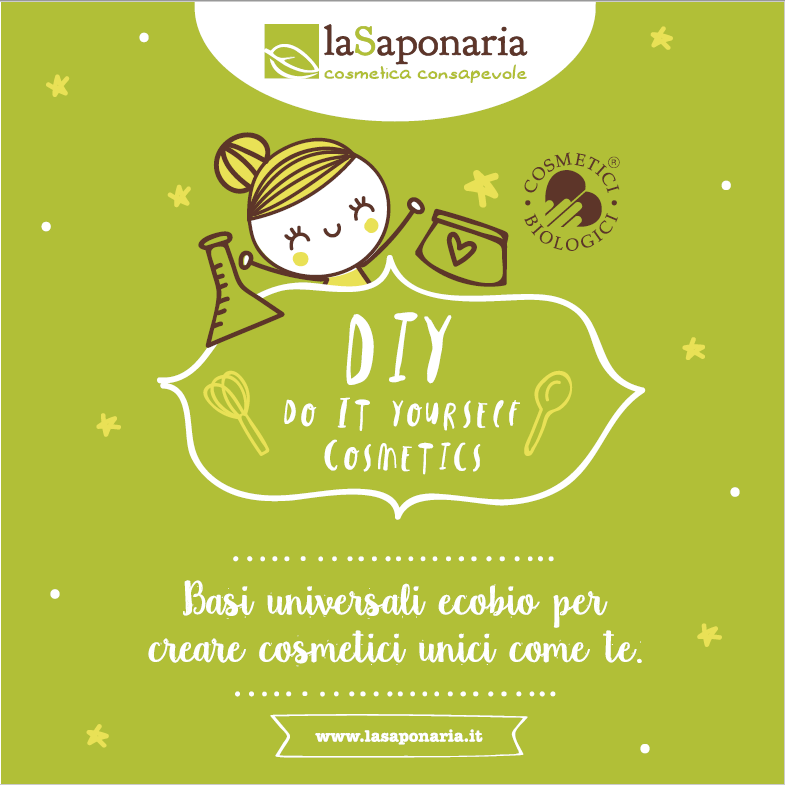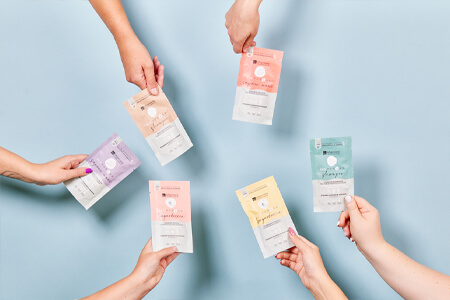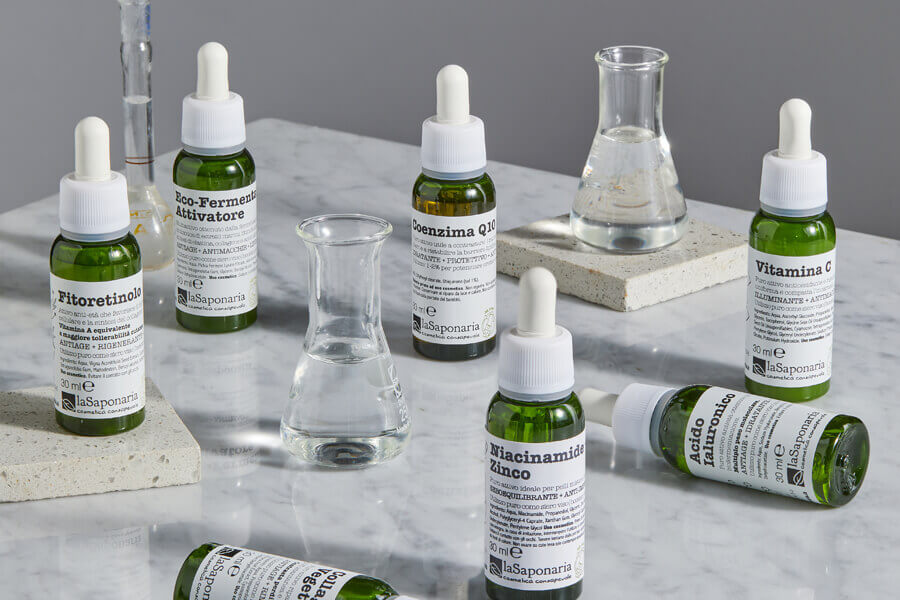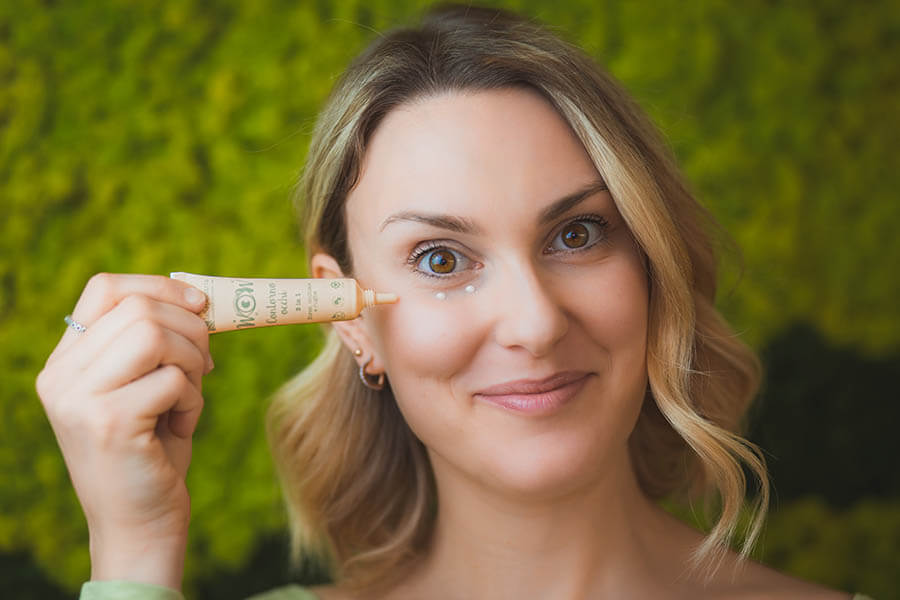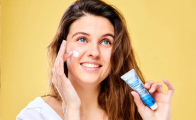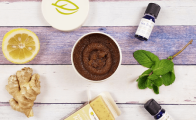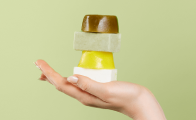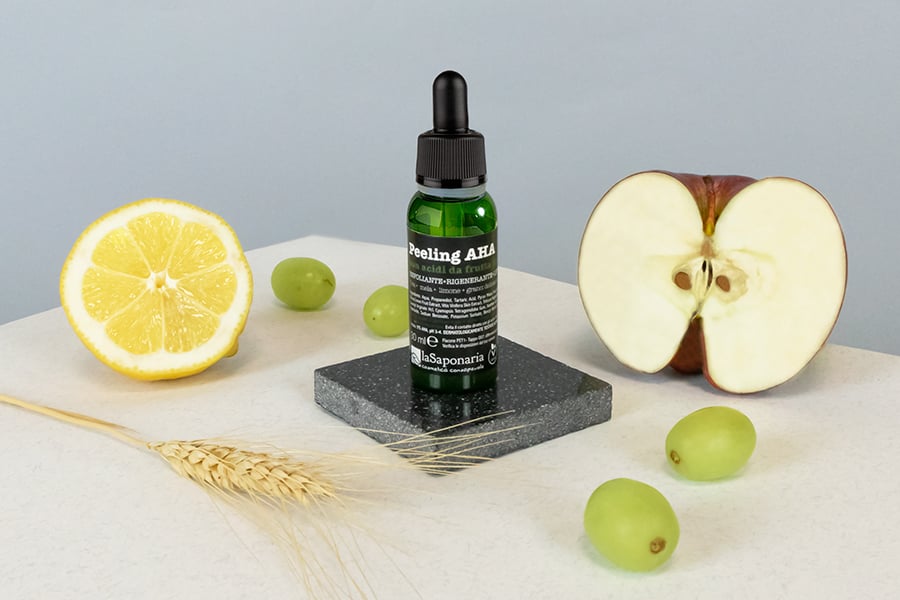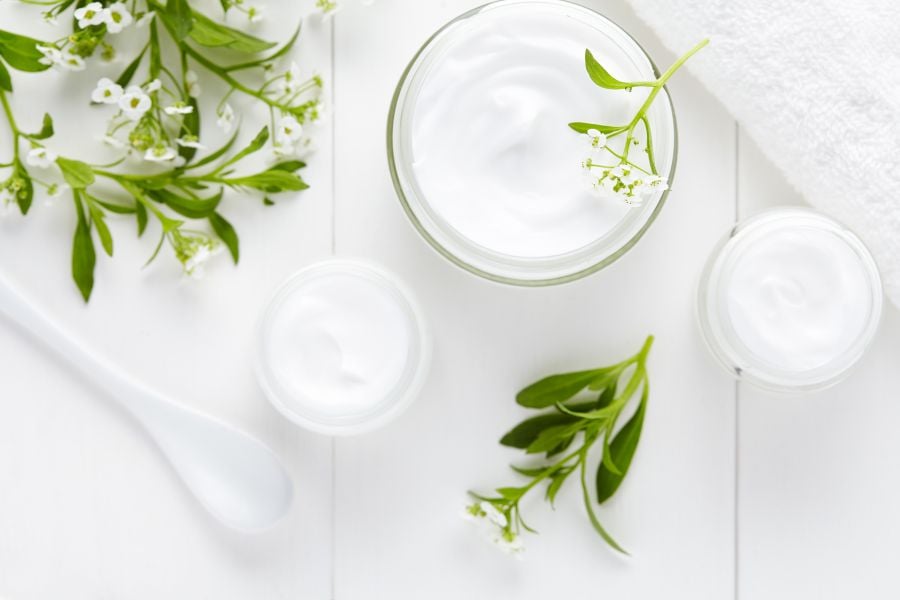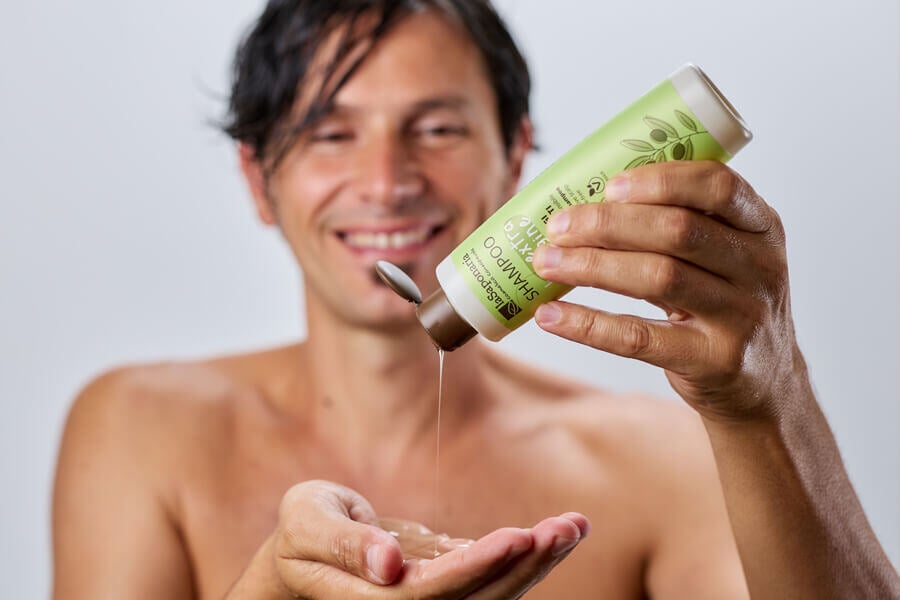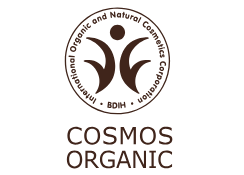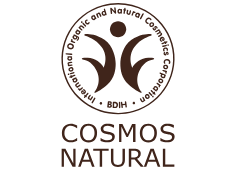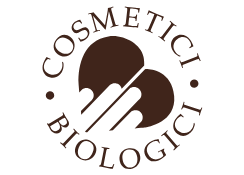The insights of La Saponaria
AHA Peel: the new Pure Active for regenerated, glowing skin
The chemical peel is a facial treatment that exfoliates in depth and stimulates cell regeneration, for firmer, brighter, smoother skin. The new Pure Active by La Saponaria is the AHA peel, with acids from Italian fruit that have an exfoliating, regenerating, smoothing action.
The Pure Actives family is ready to welcome a wonderful, thrilling new member: the AHA peel, for firm, glowing, smooth skin!
It’s the only one dressed in black, because its use is different from the other Pure Actives, which can be applied daily. The AHA peel is a monthly treatment that can be carried out either in the morning or in the evening, and should be applied once a day for 6 days every month, left on for 10 minutes and then rinsed off.
It is a monthly deep cleansing and regeneration treatment. The advantages?
• Its high skin tolerance: it can be used even on the most sensitive skin. This is because it contains a clever mix of natural alpha hydroxy acids (5% concentration) that make the formula gentle yet highly effective. All skin types can therefore benefit from its use: it is dermatologically tested
• It’s non-sensitising: like all our Pure Actives, it can be used both in the morning and in the evening
• It’s highly compatible: it presents no particular problems, and after its use you can continue with the normal steps in your daily beauty routine. The only exception is that Niacinamide+Zinc should not be used afterwards, but you can still do it at different times of the day. For example, if we do the AHA Peel treatment in the morning, we can apply Niacinamide+Zinc in the evening, and of course vice versa!
What is a facial peel and why is it important to do it?
We all know what the verb ‘to peel’ means. A facial peel does exactly what it says on the tin: it peels off all the superficial layers of skin and dead cells. This exfoliating action has an illuminating action that leaves skin smoother, brighter and younger-looking. In addition, deep cleansing will also help combination and oily skin get rid of imperfections, which are often caused by clogged pores. The advantages don’t end there, however.
Exfoliating the facial skin is important because:
• it removes dead cells and impurities
• it aids cell renewal in the epidermis
• it facilitates the penetration and absorption of the cosmetics to be applied after the treatment
• it makes the skin smoother, softer and brighter
• it can minimise blemishes on the face
• it reduces the visibility of wrinkles and micro expression lines
There are 3 ways to exfoliate the skin:
• Mechanical Scrub: the exfoliation action is performed by small abrasive elements contained in the formula. The scrub is applied to moist skin and activated with circular movements (brushing)
• Enzyme Peel, formulated with enzymes such as papain, bromelain, cocoa, red fruits and pumpkin. It does not require activation with a manual massage, and acts further in depth than a mechanical scrub
• Chemical Peel: can be formulated with AHA, BHA or PHAacids, or a combination of these. It exfoliates the skin in depth, promoting cell turnover and the production of elastin and collagen
Chemical peels therefore use the deep exfoliating action of chemical compounds, and can be formulated with different types of acids:
1. AHA acids (Alpha Hydroxy Acids) or fruit acids are fast-acting, water-soluble chemical exfoliants. They have greater exfoliating power, and are able to regenerate the skin more deeply, improving texture, smoothing and leaving the skin moisturised and glowing. They are also useful for depigmenting dark spots. This group includes tartaric acid (grape), citric acid (lemon), glycolic acid (sugar cane, not to be used in summer), malic acid (apple) and mandelic acid (almond)
2. BHA acids (Beta Hydroxy Acids) are oil-soluble and have a strong purifying action, although they have a less vigorous exfoliating action. An example? Salicylic acid
3. PHA acids (polyhydroxy acids) have a lighter exfoliating action and slower penetration than AHAs. They have a good moisturising action. This group includes gluconolactone (moisturising and anti-ageing) and lactobionic acid (antioxidant and moisturising)
AHA Peel: its composition
It’s time to look in detail at the composition of our AHA Peel. As we’ve seen, the formula contains a clever mix of 5% concentrated natural alpha hydroxy acids, which make it gentle yet highly effective. The AHAs present in the formula are:
• tartaric acid: obtained from organic grape skins from the Emilia area
• citric acid: from Sicilian lemon extract
• malic acid: from Trentino apple extract
• enzyme extracts of organic wheat bran from the Po Valley and red grapes from the Emilia area
AHA peel: who the treatment is suitable for
The treatment is dermatologically tested and is suitable for all skin types, even the most sensitive. It is particularly recommended for minimising
• the signs of ageing: ideal for mature skin, for those suffering from dark spots, to combat wrinkles and facial micro-wrinkles
• imperfections: great for combination skin, for its deep purifying action
• dull skin: city dwellers, who are more exposed to smog, have now found an extra ally for a glowing face
AHA Peel: how it works
After using the AHA Peel, the skin of the face will appear regenerated and will be better prepared to absorb all the next steps in our beauty routine! How it works, in detail:
o It breaks down the bonds between dead cells, combating dullness and aiding deep cleansing
o It accelerates natural cell turnover, making it a perfect ally in anti-ageing skincare
o It exfoliates the skin deeply yet gently, leaving it more even, brighter and smoother
o It stimulates the fibroblasts to produce new fibrils, for younger, more relaxed skin
o It nourishes and protects the deeper layers of the skin, protecting collagen, and ensuring firmer skin
o It evens, brightens, smooths and compacts the skin texture
Laboratory tests show that after 6 days,
the skin is 83% renewed
The study was carried out by applying the AHA Peel to 100 skin areas, comparing them with another 100 on which only a placebo formulation was used. The areas treated with the AHA Peel showed a regeneration of 55% after 3 days, and 83% after 6 days.
AHA Peel: how is it used?
The AHA Peel is easy to apply thanks to its non-sticky gel texture. It does not drip and smells great. Just spread a few drops evenly over the face, leave on for 10 minutes and then rinse off. Repeat the treatment once a day for 6 days, once a month.
The concentration of AHAs present is carefully designed to be super-effective, without having to worry about anything else. When it comes to using acids on the face, many people are naturally - and justifiably - wary, thinking that chemical peels should be carried out by a professional. However, the AHA Peel is a very gentle treatment that can be carried out at home without any problems. Even if we forget to rinse it off, this inappropriate use would not cause any issues for the skin. The AHA Peel should, of course, be applied correctly, and we’re certainly not telling you not to rinse it off, but we wanted to be clear on this point: you really can use it without any worries.
And as we have seen, it has no phototoxic effect and is not photosensitising, so it can also be applied during the day, as the first step in the morning beauty routine.
Its pH is 3-4.
AHA Peel: some frequently asked questions
Here are the answers to some frequently asked questions about the AHA Peel
Can I use it with other Pure Actives?
Sure! After all, it’s part of the same family!
The only exception is Niacinamide + Zinc, because it’s best to apply them at different times of the day. Because Niacinamide is highly concentrated, it is not recommended after a scrub (mechanical or chemical), to prevent the skin from absorbing too much of it.
Can I also use it in summer?
Yes, as we’ve seen, our AHA peel has no phototoxic or photosensitising effect. We do, however, recommend applying it in the evening and applying sunscreen, because the skin will be thinner.
How is AHA different from mandelic and glycolic acids?
Mandelic and glycolic acids are also AHAs - alpha hydroxy acids - and the mechanism used is the same. Our peel is gentler and well tolerated.
If you are not sure about your skin type, take the test!

Written by Simona
She is La Saponaria’s digital writer: always juggling a newsletter to send and a blog article to publish, she lovingly takes care of our social media channels and our e-commerce.



